Children’s copying or replication of actions, feelings, and facial expressions they see in others is referred to as “Mirroring Behavior” It is an essential component of infant development that includes a variety of actions, from simple mimicking of facial expressions to complex social and cognitive learning. This phenomena is crucial to understand how kids learn, grow in empathy, build relationships, and navigate their social environment.
Mirroring behavior is an active process, not a passive one. As they try to understand the world around them, children actively engage in mirroring activities. It starts in infancy and lasts through childhood and adolescence, adapting to the child’s developmental stage and social environment.
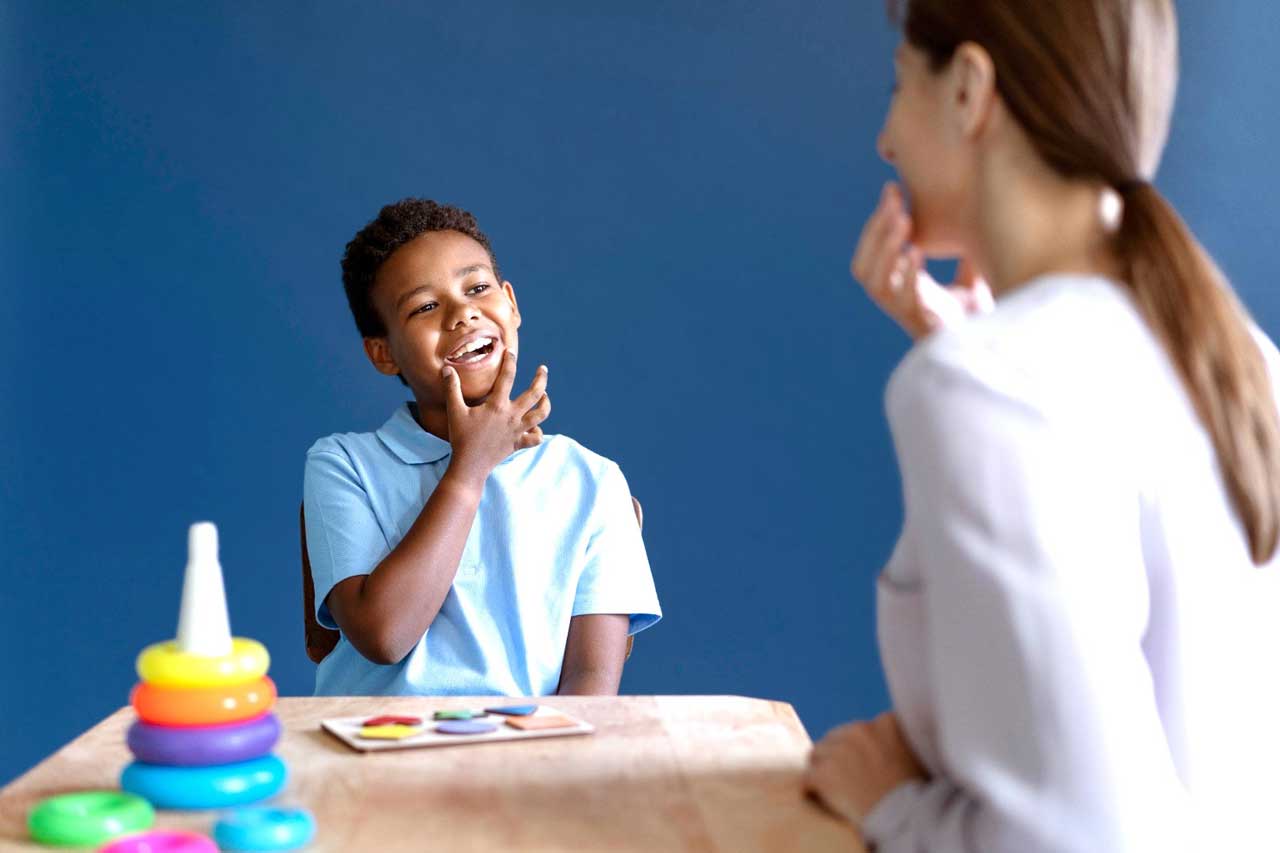
Types of Mirroring Behavior in Children
Children exhibit a variety of mirroring behaviors, which reflect the different manners in which they imitate and repeat what they see in others.
-
- Imitative Mirroring: Imitative mirroring is a fundamental form of mirroring behavior where children imitate physical actions, behaviors, or movements they observe in others. This can include gestures, postures, motor skills, and vocalizations. Children often engage in imitative play, replicating actions they see in their environment
Ex: Pretending to be a doctor or mimic a friend's dance moves
- Emotional Mirroring: Emotional mirroring is the act of replicating emotions and affective states observed in others. Children are susceptible to emotional cues and often mimic their caregivers’ emotional states. They may smile when a parent smiles, cry when a friend is upset, or become anxious when they sense tension
- Social Mirroring: Social mirroring is a method where children learn social behaviors by observing and replicating the actions of their parents, caregivers, and peers. This includes imitating greetings, manners, sharing, turn-taking, and polite communication, thereby developing fundamental social skills
- Imitative Mirroring: Imitative mirroring is a fundamental form of mirroring behavior where children imitate physical actions, behaviors, or movements they observe in others. This can include gestures, postures, motor skills, and vocalizations. Children often engage in imitative play, replicating actions they see in their environment
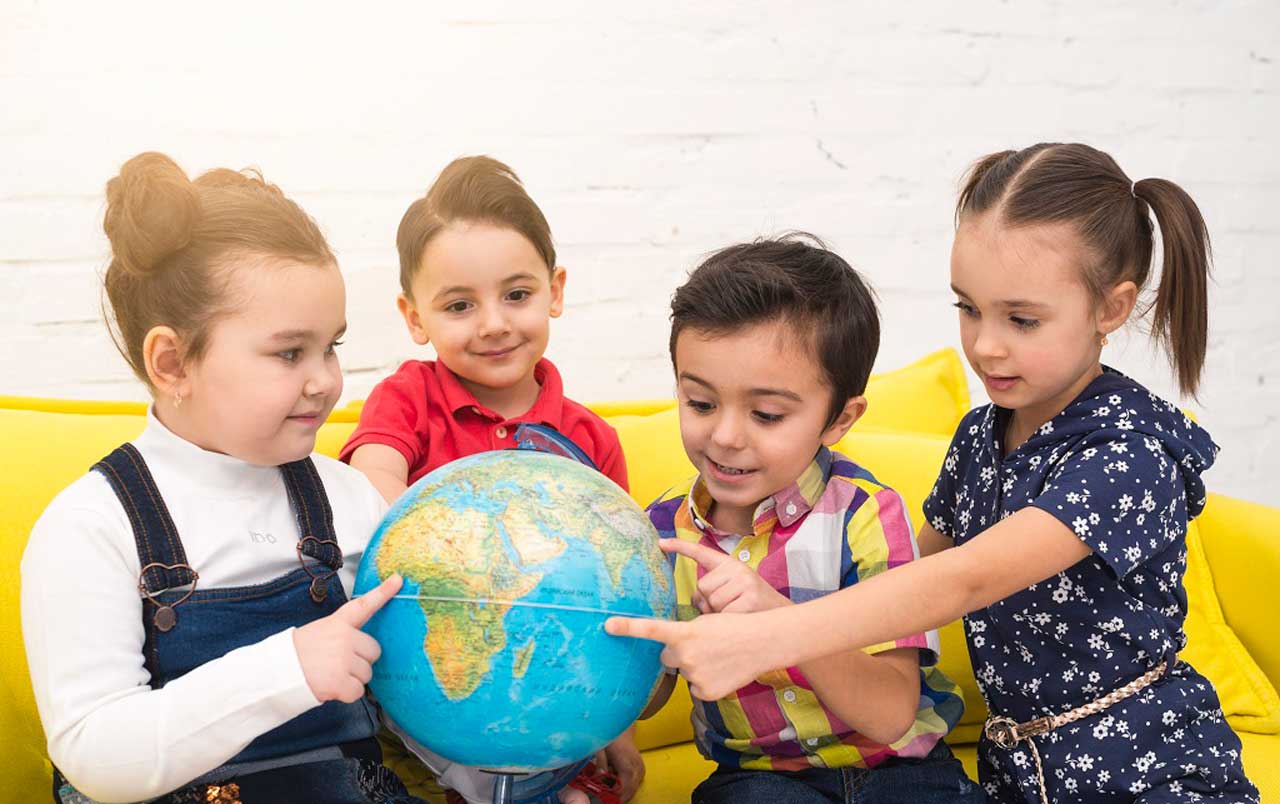
- Cognitive Mirroring: Cognitive mirroring involves children replicating thought processes, problem-solving strategies, and cognitive skills, often observing and adopting strategies used by others. This behavior is crucial for cognitive development and problem-solving skills
Ex: How to approach a puzzle, solve a math problem, or remember information
- Vocal Mirroring: Children mimic the speech patterns and sounds of others around them, which helps with language development. They might mimic the words, phrases, or sounds of classmates and adults
- Gestural Mirroring: Kids imitate body language, facial expressions, and hand gestures. By imitating these behaviors, they are taught how to communicate feelings and nonverbal signs
- Language mirroring: It occurs when a child copies the words and phrases of others. Children may imitate the language patterns of their parents or sibling
- Gender Mirroring: Children can imitate gender-specific behaviors observed in adults or older siblings. Boys, for example, might mimic male role models, while girls may imitate female role models
- Cultural Imitation: When children imitate cultural behaviors, rituals, and rules, they are learning. This includes mimicking their culture’s dances, songs, clothes, and other characteristics
- Peer Imitation: Children mimic the actions of their classmates. To fit in and be accepted, they may adopt their friends’ clothing trends, interests, and hobbies
- Character and Fictional Imitation: Children frequently copy characters from books, TV shows, and movies. They may aspire to be like their favorite fictional or superhero characters
- Innovative Imitation: Children often imitate and build upon what they’ve observed, modifying or combining elements to create something new
The Role of Mirroring in Child Development
-
- Learning and Skill Acquisition: Mirroring is a key method by which kids pick up knowledge and skills. Mirroring is a crucial part of learning in childhood, whether it’s copying a parent’s cooking skills, a peer’s mathematics homework plan, or a sibling’s basketball plays
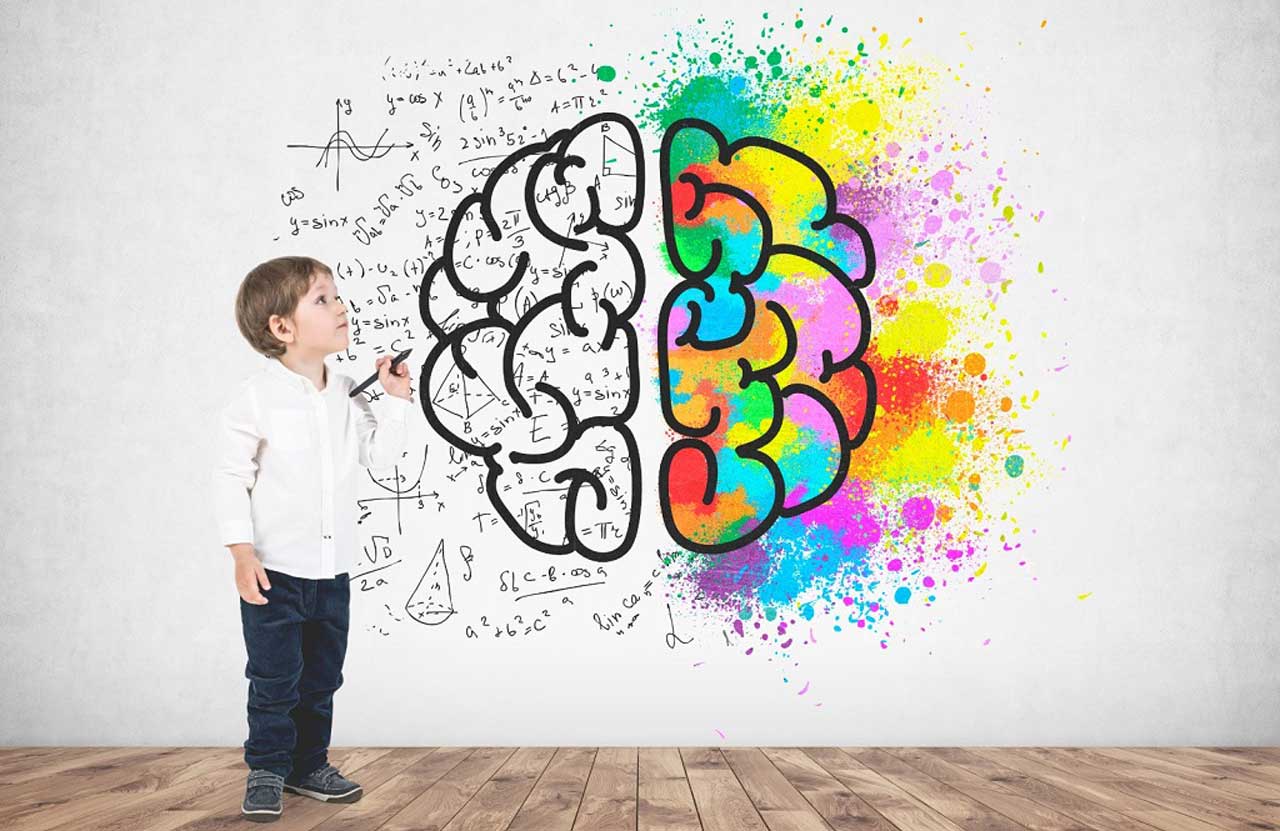
- Empathy and Emotional Development: Mirroring is directly related to empathy development. Children learn to understand and respond to the feelings and needs of others around them when they mimic the emotions of others. This is essential for developing emotional intelligence
- Social Bond Formation: Mirroring behavior helps in the formation and strengthening of relationships with others. When children mimic the actions and expressions of others, they build connections and rapport, which promotes good relationships with caregivers, peers, and others in their social circle
- Cognitive Development: Cognitive mirroring, or the imitation of thought processes and problem-solving strategies, is important in cognitive development. It enables children to internalize good cognitive techniques and apply them to a variety of situations
How Children Engage in Mirroring Behavior
- Mirror Neurons: A collection of brain cells known as mirror neurons light up when a person performs an action and when they watch another person perform the same action. Imitative mirroring is thought to be significantly influenced by these neurons. Children’s mirror neurons activate when they witness others performing specific behaviors, leading them to imitate such behaviors. This mechanism is thought to be essential for learning through imitation and observation
- Social learning and modeling: Albert Bandura’s social learning theory places a strong emphasis on the value of modeling in learning. Children pick up skills by observing and mimicking the actions of important adults in their lives, like parents, siblings, and peers. Essential elements of mirroring include modeling and observational learning, which help children develop social attitudes, skills, and behaviors
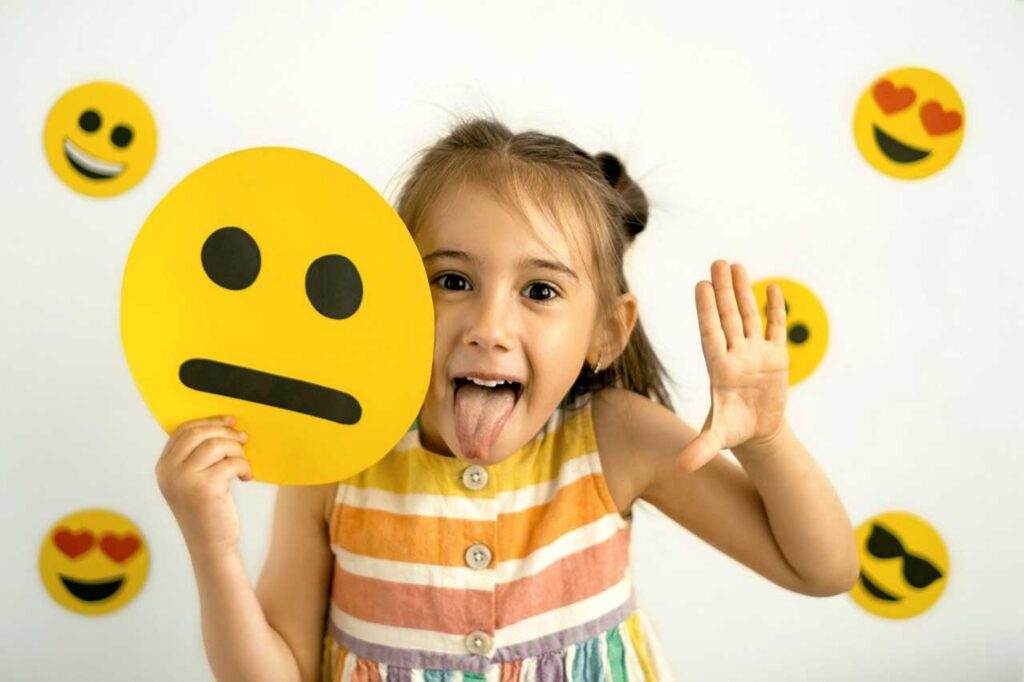
- Emotional Contagion: The process by which a person’s feelings and moods spread to others in a social setting is known as emotional contagion. This phenomena and children’s emotional mirroring are closely related. Children may “catch” other people’s emotions when they are exposed to them, reflecting them in their own emotional expressions. Empathy and emotional intelligence are developed through this approach
- Attachment Theory: According to John Bowlby’s attachment theory, kids develop strong emotional ties with their primary caregivers. A child’s emotional and social development is strongly influenced by the quality of these bonds. As children frequently imitate their caregivers’ emotional expressions and behavioral patterns, mirroring behavior can be considered as an extension of attachment theory and aid in the development of strong bonds
Developmental Stages of Mirroring Behavior
Mirroring behavior evolves throughout different developmental stages:
-
- Infancy and Early Childhood: Infancy is when mirroring behavior starts. Babies react strongly to their caregivers’ facial expressions, feelings, and actions. By mimicking their caregivers’ emotions, babies grin when they smile and cry when upset. Infants begin mimicking simple movements like clapping their hands, making noises, or reaching for items as they get older

- Middle Childhood: Children’s mirroring habits become more advanced around middle childhood (approximately ages 6 to 12). They mimic not just physical movements but also verbal and nonverbal expressions of emotions. This stage is crucial for the growth of social and cognitive mirroring. Children start to imitate the approaches to addressing problems and ways of thinking of those around them. By imitating the actions of classmates and adults, they also improve their social abilities. Additionally, kids begin to form a sense of identity by imitating the principles and behaviors of their teachers and parents
- Adolescence: The act of mirroring behavior changes in adolescence. Adolescents are pickier in the peer groups and role models they choose to reflect their developing identities. They replicate attitudes and behaviors that support their self-concept, which can result in both good and bad outcomes. While certain mirroring practices could encourage healthy growth, others might encourage conformity, dangerous behavior, or peer pressure. During this phase, adolescents’ capacity to distinguish between beneficial and harmful influences becomes essential.
Factors Influencing Mirroring Behavior
- Caregiver Influence: Primary caregivers significantly impact a child’s mirroring behavior through attachment and modeling
- Peer Influence: Peers shape a child’s mirroring behavior, particularly during adolescence
- Cultural and Environmental Factors: Cultural norms and environmental conditions influence what children mirror and how they develop
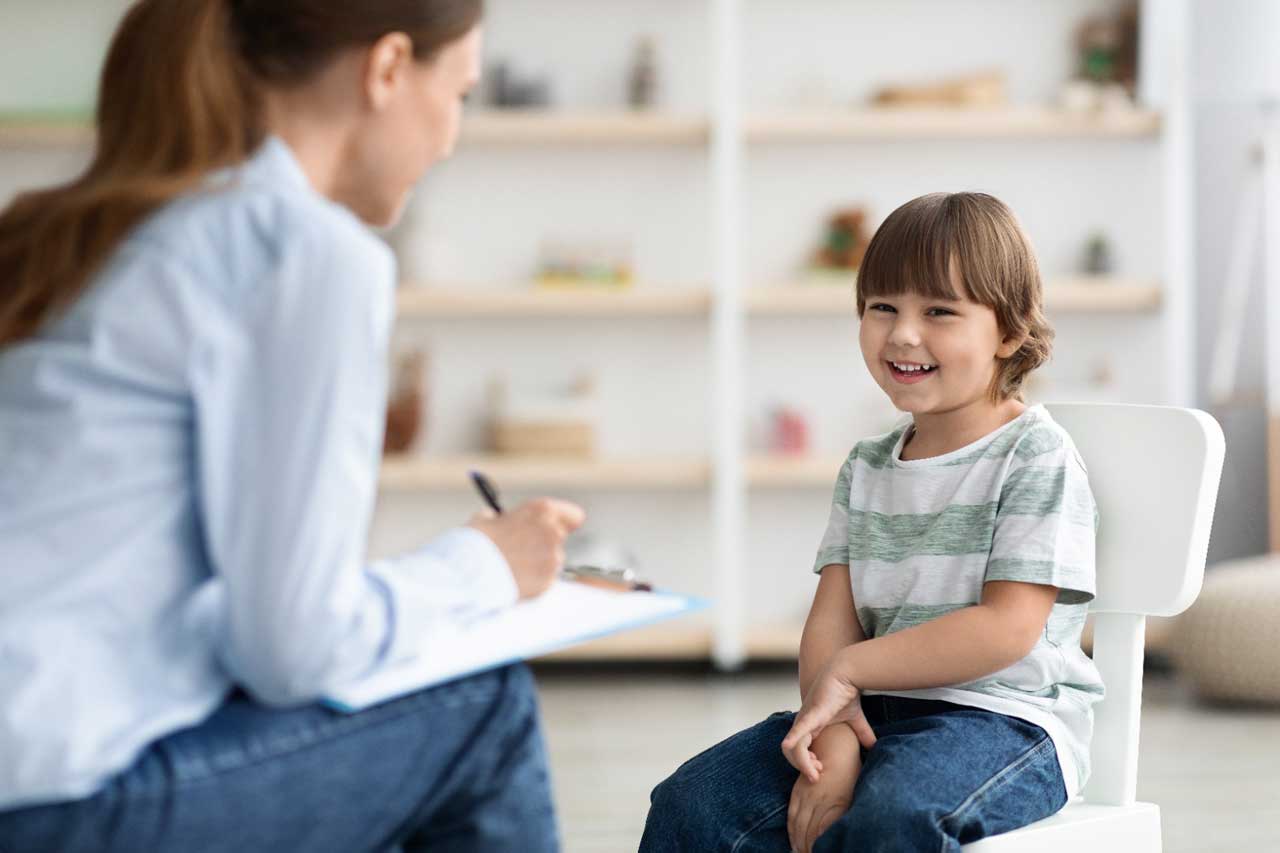
Challenges of Mirroring
- Over-imitation: Children might duplicate activities too often, even when it’s not essential, which could prevent them from coming up with solutions on their own
- Cultural and Gender Differences: Cultural and gender differences can influence mirroring behavior, reinforcing or challenging traditional gender roles. Awareness of these differences is crucial to prevent stereotyping and promote cultural sensitivity
- Social Development Disorders: Children with social development disorders like autism spectrum disorder may experience disrupted or atypical mirroring behavior, affecting their social interactions and relationships due to difficulties in interpreting social cues and emotions
- Limited creativity: Children who frequently imitate others may have trouble being innovative and creative. Since they have become used to merely imitating others, they could find it difficult to come up with ideas and answers on their own
- Limitations in social relationships: Over-mirroring can also have an effect on a child’s social interactions. They could find it difficult to build their own relationships or communicate effectively with peers because they might be too preoccupied with imitating others. Feelings of loneliness or disconnection could result from this
Conclusion: Mirroring behavior is a crucial part of a child’s cognitive and social development, aiding in acquiring skills, understanding social norms, and establishing identity. Parents and caregivers can use this behavior to promote learning and positive behaviors by providing role models and constructive environments. Mirroring is influenced by factors like caregivers, peers, and cultural influences. Addressing challenges like over-imitation and cultural differences is essential for healthy mirroring behavior and positive developmental outcomes.
Ms. Shaziya Inayath
Assistant Psychologist @Islaah
